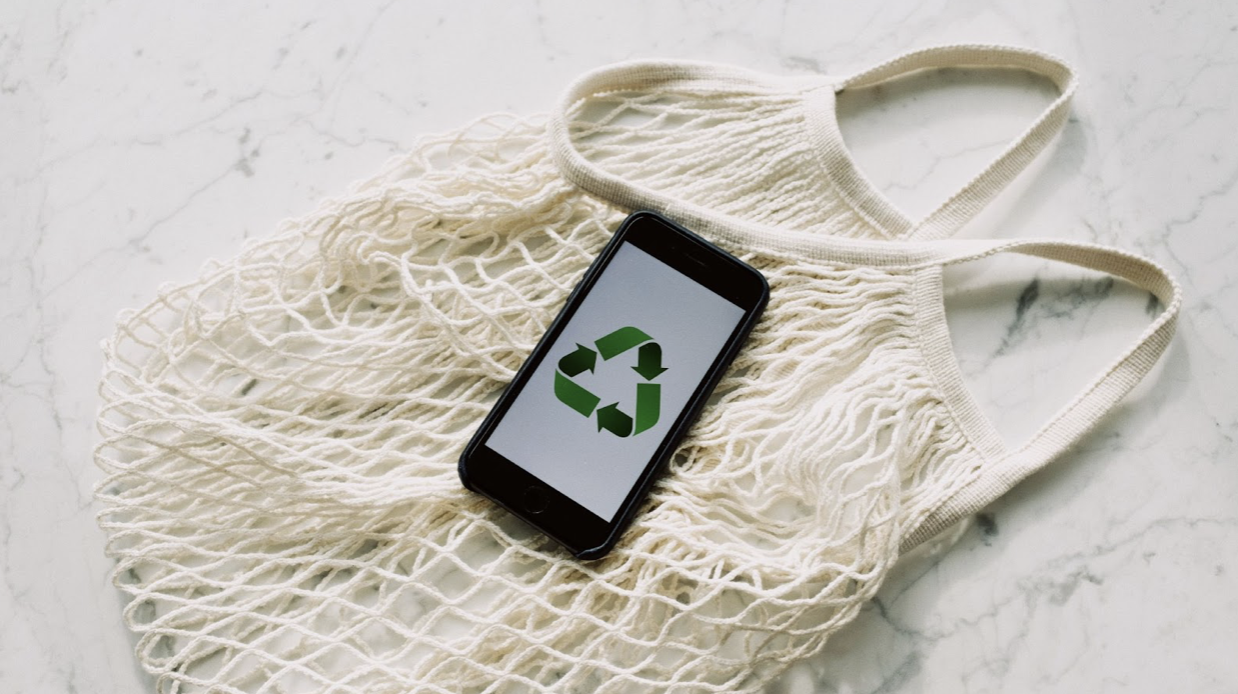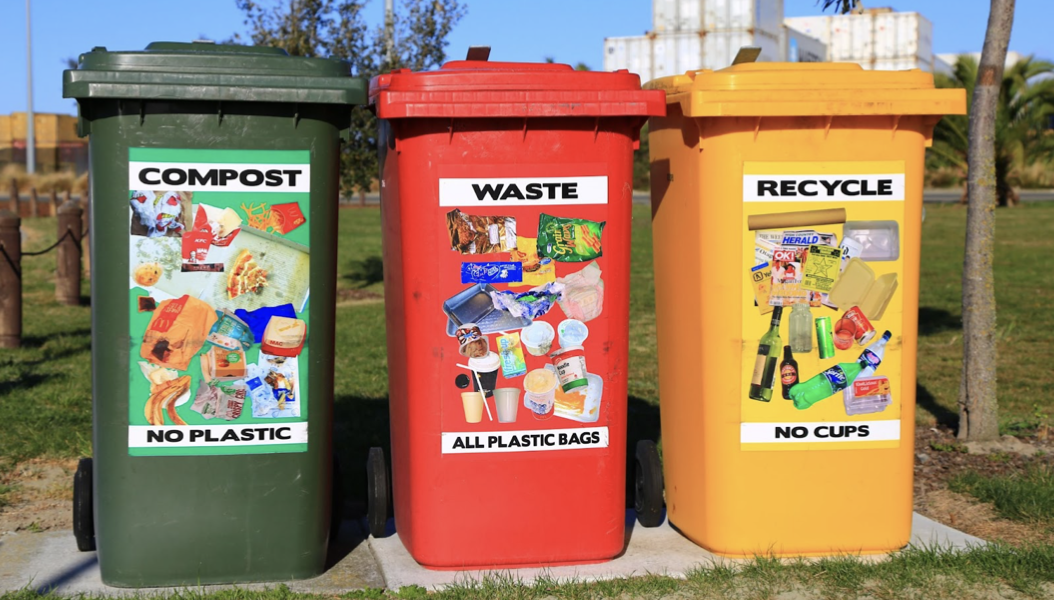
Photo from Pexels
Let’s face it — sustainable business practices are becoming something of a non-negotiable. In fact, a 2021 survey from analytics company Exasol shows that a whopping 85% of consumers are willing to walk away from a purchase if the company doesn’t do enough to address climate change.
Those shifting opinions apply to the event industry too, especially as live events return in full force and attendees are becoming more discerning about how they spend their time. But for event professionals who want to reduce their event’s carbon footprint, it can be hard to know where to start — particularly if you’re working with a limited budget.
At Sequence Events, we firmly believe that even if you can’t implement every eco-friendly element you’d like, something is always better than nothing. Because as the event organizers, it really does start with us.
Here are some simple, practical steps every event planner can take.
1 - Work sustainability into conversations from day one.
Be intentional with your plan. It’s not enough to throw in a recycling bin at the last minute — sustainability should be on your mind from the very start of the planning process.
Take some time to see what resources are easily available to you. For example, does your host city’s CVB offer any resources, special packages, or dedicated sustainability advisors to help guide you? (Many do, like Visit Denver and its emissions calculator!) Those teams can also help you source local vendors to cut down on travel emissions — which has the added benefit of supporting the local economy.
There are also a number of resources and guides out there, like the TRACE by isla platform that helps you measure and minimize carbon at live, hybrid, and digital events, and the Events Industry Council’s various guides and certifications. Whether you invest money in these tools or just browse, they can be a great way to start shifting to a more sustainable mindset.
2 - Look for a venue that prioritizes sustainability.
In an ideal world, all of our favorite venues would have LEED certification — but of course, that’s not always the case (yet!). When possible, though, prioritize venues that emphasize renewable energy sources, motion-controlled light switches, and more. The Sequence team always tries to opt for LED lights, which are more efficient, and encourages our vendors to use equipment with high Energy Star ratings.
But even if your venue doesn’t have official sustainability practices, there are plenty of simple, easy-to-implement steps you can take, like choosing a space with plenty of natural light to cut down on electricity. Consider if lights or AC can be turned off during load-in (without torturing your staff, of course!), and make sure to default equipment to “sleep” mode when it’s not in use.
Also, avoid plastic water bottles by making glasses and water pitchers easily accessible, and be sure to place recycling bins directly next to trash cans — along with clear, eye-catching labels indicating what to dispose of in each container. A good rule of thumb: If attendees need to take too much time figuring out how to be sustainable, they won’t do it.
 Photo from Unsplash
Photo from Unsplash
3 - Focus on sustainability requirements during the RFP process.
When you’re sorting through vendor RFPs, pay attention to companies that cite eco-friendly practices as a priority — and have tangible, proven examples of the steps they take. At Sequence, we hold vendors and venues to a high environmental standard and always ask to see their green practices before entering a contract. If a vendor doesn’t currently implement sustainable practices, we ask if they’re willing to get more information on it.Thinking sustainably can often require a bit of flexibility and creativity — so you’ll want to work with people who are motivated and passionate about it.
4 - Get smart about transportation.
This is the big one: Studies show that 70-90% of large-scale event emissions are derived from attendee travel alone — but there are plenty of steps you can take to improve this.
When you’re booking a venue, think through how your vendors and attendees will get there. How far is it from the airport, and is it accessible via public transportation? Can your attendees walk to their hotel rooms or nearby restaurants? Incentivize attendees to walk or use public transit by providing clear instructions, maps, and pricing.
If guests do need to travel by car, you can still reduce your carbon footprint with some careful planning and again, clear communication. Can guests be teamed up for carpools or shuttle buses? You can even add some incentives for carpooling, like discounted parking fees or event ticket fees. At Sequence, we also try to utilize companies that deploy hybrid vehicles, and always insist that drivers don’t idle their engines while waiting for pickups.
Another tip? Put your vendors in touch with each other to see if they can pool resources and cut down on the number of deliveries to and from an event space.
5 - Go digital wherever you can.

If there’s a silver lining to the pandemic, it may be that your attendees are much morecomfortable with technology. Going digital with your invites, ticketing, and programs can be a simple, cost-effective way to reduce paper waste — and make your life easier by letting you make real-time updates to agendas and event communications.
Photo from Unsplash
If you have the resources, consider building a full event app where people can create their agendas and get other essential event information. But for smaller budgets, even something as simple as a QR code leading to a website can be an easy way to communicate essential information — without the waste.
And if you do have printed materials, we suggest using recycled paper and/or soy ink — and be sure to recycle any badges!
6 - Get smart about swag.
Swag is still an essential part of many events — and there are plenty of ways to take a more sustainable approach. Think through things your attendees will actually want, to ensure they reuse it rather than discard it. A fun idea our team has utilized? A gift bar where people choose their own items, rather than individual gift bags.
Some more suggestions: Lean into items like metal water bottles or reusable totes, rather than pens or notepads that may be more likely to be thrown away. Encourage your sponsors to use more subtle or stylish branding, making attendees more likely to continue using the items in their day-to-day lives. Or take a cue from IMEX America, a trade show for the business events industry that encourages attendees to add unwanted items to on-site donation bins — which are later distributed to local schools and charities.
Quick tip: For annual events, keep dates off materials whenever possible so they can be reused the following year. Look into options like national promotional products company iPromo, whose new EcoCloud solution allows clients to easily track their leftover swag and find ways to store and reuse it, or recycle or donate it.
7 - Think through your food and decor choices.
Can food items be presented in minimal packaging or reusable containers? If health and safety requirements push you towards single-use materials, aim for products that are biodegradable or compostable. Also, lean in to locally sourced and organic foods whenever possible, and make plant-based or vegetarian choices to help reduce the CO2 emissions derived from meat.
Be sure to ask guests to share their dietary requirements in advance to confirm final numbers and prevent leftover food — and if there is extra, make a plan to donate it to a local food bank or other nonprofit through an organization like Rock and Wrap It Up, which facilitates the collection of excess food from hotels, arenas, production companies, and more. Educate yourself on composting, too, with resources like BioCycle’s composting guide for events.
The same ideas apply to event decor choices, too. At Sequence, we arrange for centerpieces to be donated to local charities, hospitals, or nursing homes, and try to use potted plants, grasses, or evergreen items instead of short-lasting cut flowers.
To sum up: Think through your waste management plan every step of the way. At Sequence, for example, as soon as we know an item has been purchased, we’re making a plan for what will happen to it after the event.
In our recent work on Camp Thumbtack, for example, all staging, scenic, and other event materials were sent back to the client’s storage inventory, and we’re keeping a careful inventory to reuse anything we can.
8 - Tell your attendees — and your clients and employees — what you’re doing!
At Sequence, we practice what we preach in our everyday operations, too — like prioritizing digital briefs to set an example for our clients, ensuring reusable water bottles are available for our staff, and even bringing takeout containers to staff meetings so everyone can bring home extra food.
Also, be sure to communicate your sustainability goals to your attendees. Not only is it good PR for your organization, but it’ll also get guests in the right mindset to carpool or use public transit, to make the extra effort to find the recycling pins, or to donate their swag rather than throwing it away. Use invites, emails, social media, and more to get your attendees excited about helping you reach your goals — and share tangible numbers of how their small steps during the event can make a big impact.
Need help planning a sustainable event? Team SEQ has got you covered. Sign up for a free consultation with one of our event professionals to help guide you on your next event planning journey. We can’t wait to connect!